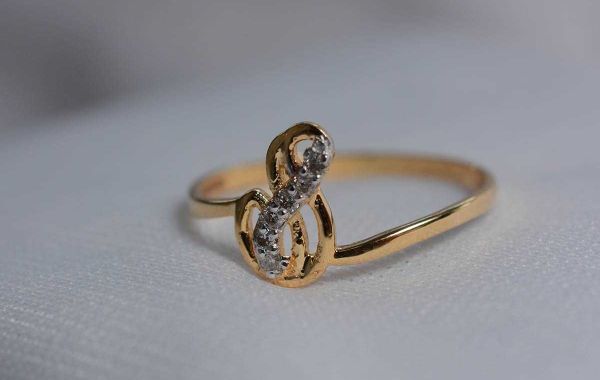When choosing a gold ring, understanding the purity of gold is essential. At Dishis Designer Jewellery, we prioritize quality, and selecting the right gold purity for your jewelry can make a significant difference in both appearance and durability. Let’s break down the differences between 18k, 22k, and 24k gold to help you make an informed decision.
- What is Gold Purity?
Gold purity refers to the amount of pure gold present in a piece of jewelry, expressed in karats (k). Pure gold is 24 karats, meaning 24 out of 24 parts are pure gold. However, gold in its purest form is too soft for making durable jewelry, so it is often mixed with other metals like copper or silver to enhance its strength.
- 18k Gold Rings
- Composition: 18 karat gold contains 75% pure gold and 25% alloy metals. This mix provides a balance between gold's softness and the strength of other metals.
- Color: 18k gold is often a bit less yellow than higher karat gold due to the alloy mix but retains a warm gold hue.
- Durability: More durable than 22k or 24k gold, making it ideal for rings that are worn daily, such as engagement ring design gold female or wedding bands.
- Pros:
- Great balance of gold purity and strength.
- Less prone to scratches and dents.
- More affordable than 22k or 24k gold.
- Cons:
- Slightly less vibrant in color compared to higher-purity gold.
- 22k Gold Rings
- Composition: 22 karat gold contains 91.67% pure gold, with the remaining 8.33% composed of other metals.
- Color: 22k gold has a richer, more vibrant yellow hue, making it a popular choice for traditional jewelry.
- Durability: Though more durable than 24k gold, it is still softer than 18k gold, making it more prone to scratches or bending.
- Pros:
- Higher gold content gives it a luxurious, deep gold color.
- Suitable for special occasion rings or ethnic jewelry designs.
- Cons:
- Less durable than 18k, so not ideal for daily wear.
- More expensive than 18k gold.
- 24k Gold Rings
- Composition: 24 karat gold is 99.9% pure gold, making it the highest possible purity for gold jewelry.
- Color: 24k gold has the most intense, bright yellow color.
- Durability: Due to its softness, 24k gold is highly malleable and can easily get scratched or bent, making it unsuitable for most rings.
- Pros:
- The purest form of gold, highly prized for its value and color.
- Symbolically valuable in certain cultures and used in ceremonial jewelry.
- Cons:
- Extremely soft and prone to damage.
- Not recommended for daily wear rings, as it can lose shape over time.
- The most expensive option due to its high gold content.
- Which Gold Purity is Best for You?
- 18k Gold: Best for those looking for a blend of durability, beauty, and affordability. Ideal for everyday rings like engagement or wedding bands.
- 22k Gold: Perfect for traditional, intricate designs and special occasions, where the ring is not subjected to rough wear.
- 24k Gold: Suited for those who prioritize purity and want their gold in its most authentic form, though it’s best reserved for occasional wear or symbolic pieces.
At Dishis Designer Jewellery, we offer a range of gold rings in various purities to suit your needs. Whether you’re looking for an elegant 18k latest gold ring design or a vibrant 22k gold new design ring for special occasions, our designs are crafted with care to ensure quality and beauty.
Explore our collection today and find the gold ring that’s perfect for you







